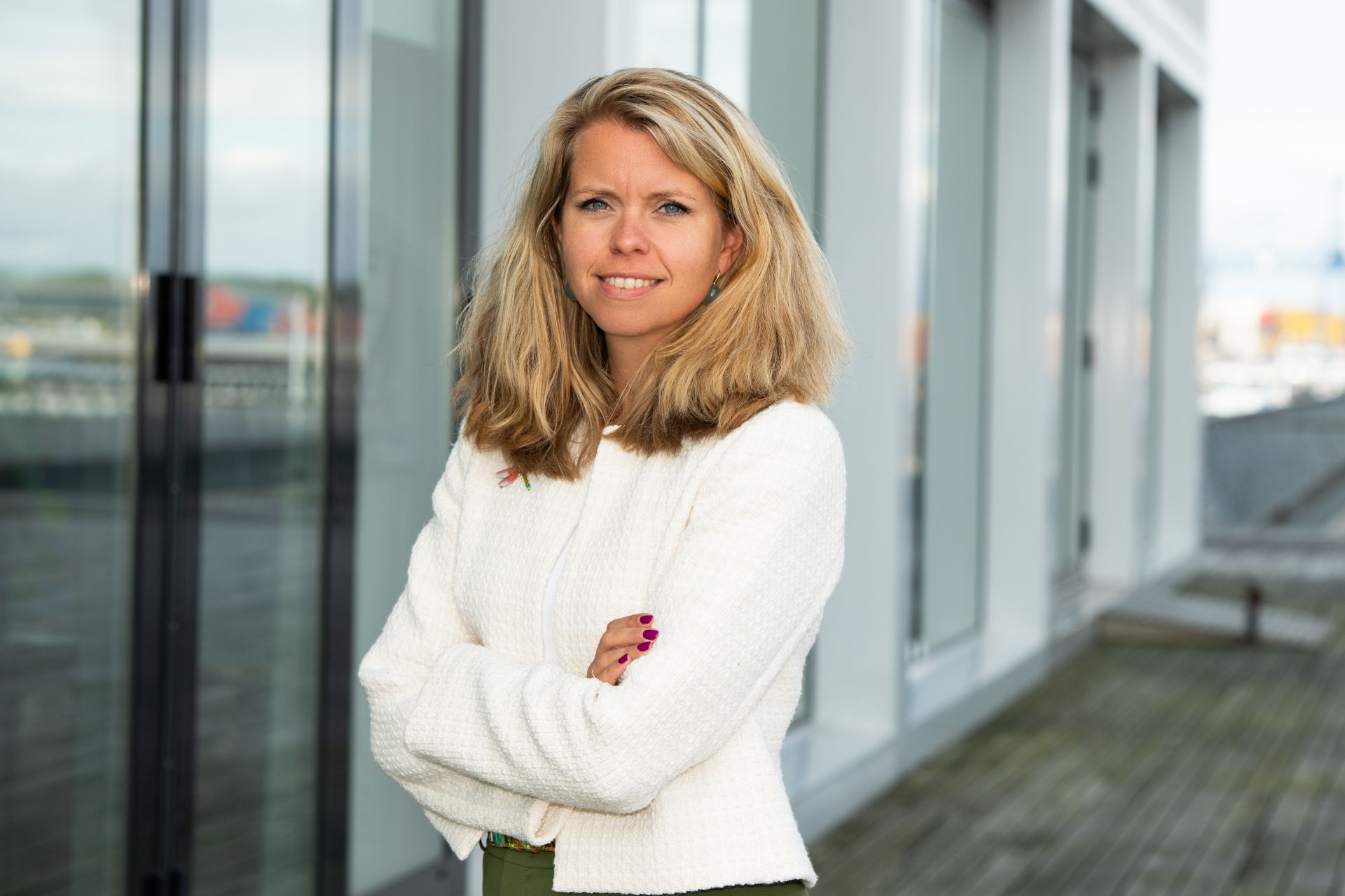Numbers
The H-vision partners are ambitious. They want to use H-vision to make major, rapid cuts in carbon emissions. More information can be found on this page about the exact amounts and how those numbers relate to the bigger picture.
Objective of the Rotterdam Climate Accord
A reversal of the trend within four years. A reduction of 49.6% in carbon emissions by 2030 compared with 1990.
But the ambition goes further. Rotterdam aims to be carbon-neutral by 2050.
In figures 2017-2030:
2017 emissions: 31.2 megatonnes of CO2
2030 emissions: 11.8 megatonnes of CO2
A saving of nearly 20 megatonnes of CO2 annually
Source: rotterdamsklimaatakkoord.nl
Scale of H-vision in carbon reduction
Dutch industry has committed to reducing annual carbon emissions by 14.3 megatonnes by 2030.
H-vision can supply almost 20% of this after 2032.
2032: an annual carbon reduction of 2.7 million tonnes
For the three Rotterdam refineries, this means supplementing existing reduction plans. 2.7 million tonnes is the equivalent of approximately 40% of their current carbon emissions.

Which ambition has H-vision set for itself?
'To make a substantial contribution together to the climate goals by reducing emissions from industry: that's the ambition of the H-vision concept!'
H-vision for hydrogen
Ninety percent of H-vision’s low-carbon hydrogen comes from residual gases, supplemented by a small share of natural gas.